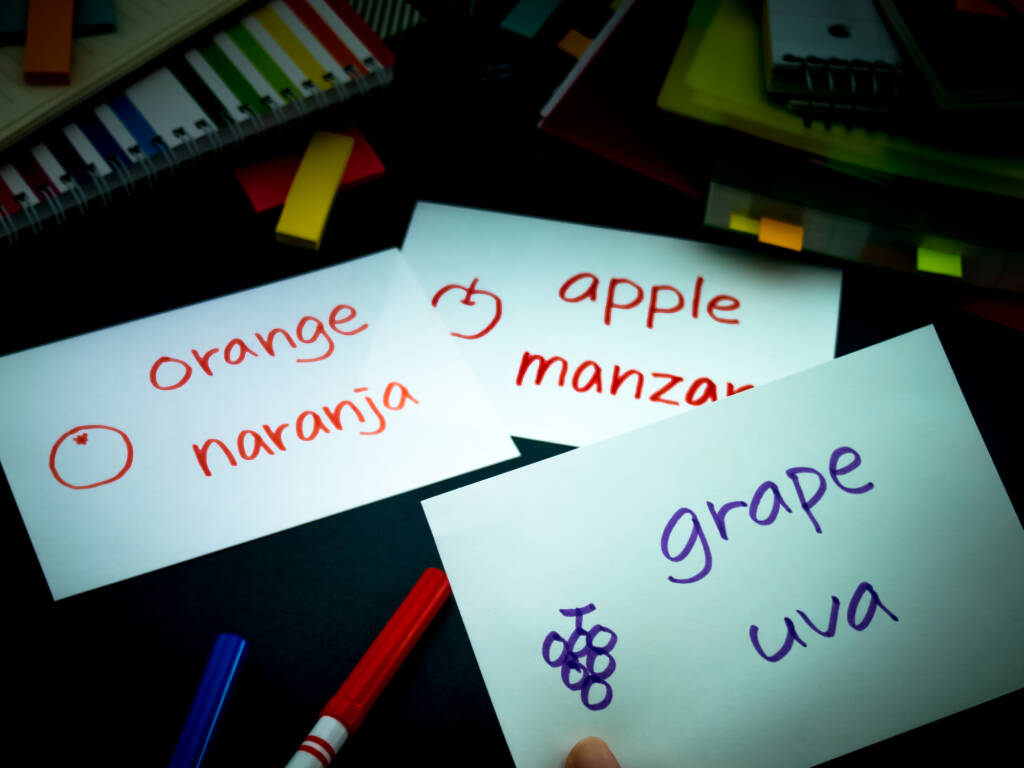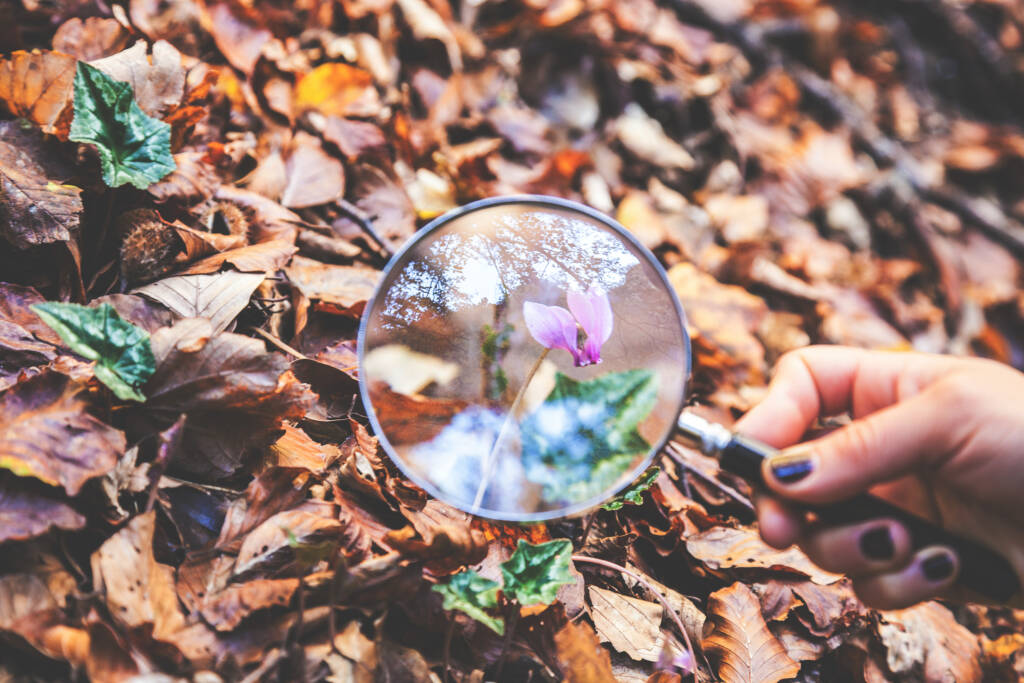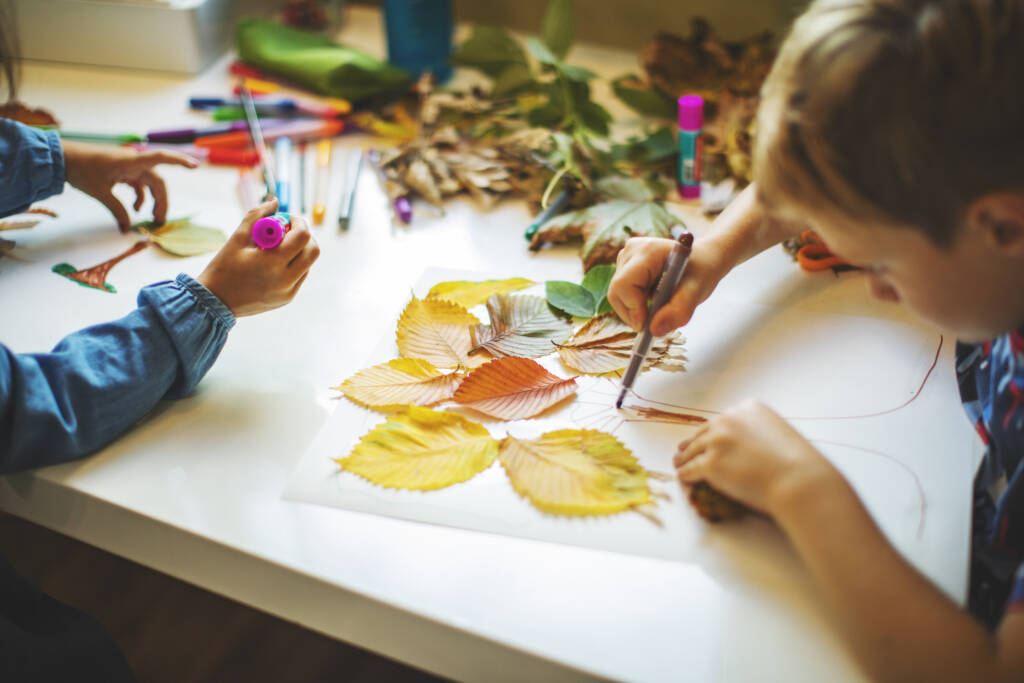
Elementary Science Grade K

Science Grade Kindergarten is a foundational course with concepts across many types of sciences, including Earth and Space Science, Life Science, and Physical Science. Through exploring, making observations, and describing, students explore the five senses, the properties and motion of objects, the day and night skies, the size and distance of objects, plants, and animals.
Please view the Elementary Parents Guide for Grades K-2 with guidance on helping your student transition to online learning and thrive at VLACS.
Major Topics and Concepts
Segment One
- The Five Senses and Related Body Parts
- Sound/Vibrations
- Sorting Observable Properties of Matter
- Changes in Materials
- Motion of Objects
- Changes in Motion
- Forces (Push and Pull)
- Gravity
- Collection of Data
- Observations
- Record-Keeping
- Visual Representations
- Learning from Observations
Segment Two
- Size of Objects as Seen from Earth
- Near or Far as Seen from Earth
- Day and Night
- The Moon
- The Sun
- Animals
- Weather
- Plants
- Environments
- How Plants and Animals are Alike and Different
- Real or Imaginary Plants and Animals
- Collection of Data
- Observations
- Record-Keeping
- Visual Representations
- Learning from Observations
Course Materials
A pupil may enter kindergarten if his/her chronological age will be five before October 1st of the year of entering school. For a complete description of the policy, please see Policy JEB Age of Entrance.
To achieve success, students are expected to submit work in each course weekly. Students can learn at their own pace; however, “any pace” still means that students must make progress in the course every week. To measure learning, students complete self-checks, practice lessons, multiple choice questions, projects, discussion-based assessments, and discussions. Students and families are expected to maintain regular contact with teachers because, when teachers, students, and parents work together, students are successful.
Required Materials – Please view the list of materials before registering.
Competencies
Motion
I can describe objects that move. I can compare the speed of moving objects. I can describe the forces of push and pull. I can describe the level of force needed to move an object. I can explain the effect of push and pull on an object. I can describe the force of gravity. I can describe the effect of gravity on an object. I can describe supports that stop the force of gravity.
Properties of Objects
I can describe an object based on sensory descriptions. I can categorize objects by size. I can categorize objects by shape. I can categorize objects by color. I can categorize objects by temperature. I can categorize objects by weight. I can categorize objects by texture. I can describe changes in size and shape using senses.
The Five Senses
I can describe the five senses. I can describe the body part used for each of the five senses. I can describe the use of senses to make observations. I can explain the importance of senses. I can explain the process of vibration to make sound.
Animals
I can identify characteristics of animals. I can describe similarities between animals. I can describe differences between animals. I can categorize animals by their appearance. I can categorize animals by the way they move. I can describe an appropriate environment for an animal. I can describe patterns of local weather.
Day and Night Sky
I can categorize daytime and nighttime activities. I can compare the day and night sky. I can describe characteristics of the sun. I can describe characteristics of the moon. I can explain the importance of the sun. I can compare the size of objects on the ground to objects in the sky. I can describe the effect of distance on the appearance of size.
Plants
I can describe characteristics of plants. I can describe plant parts. I can describe similarities between plants. I can describe differences between plants. I can categorize plants by their appearance. I can compare plants and animals. I can compare real and imaginary plants.

